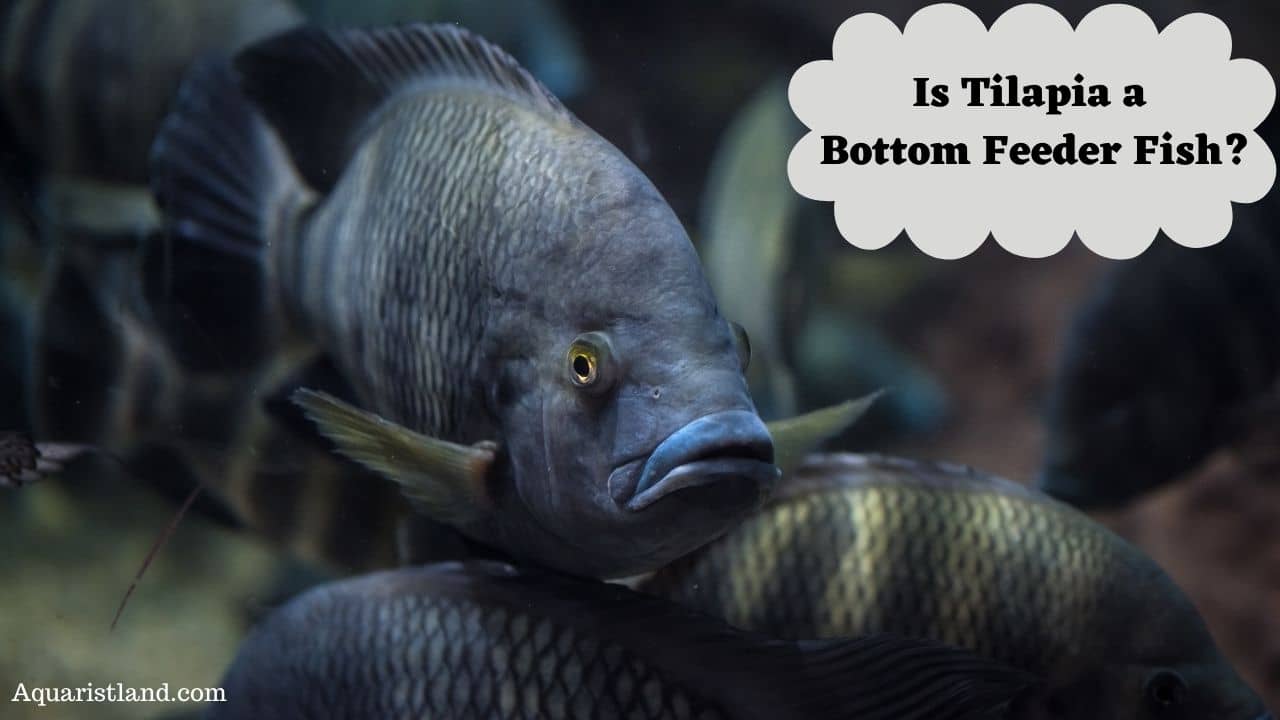Tilapia is a very popular choice for aquaculture. In fact, over 80% of the farmed fish consumed in the United States are Tilapia. And it’s an excellent source of omega-3 fatty acids, which are believed to help fight off depression, heart disease, cancer, and other major killers.
However, the major drawback or question you hear about this – is Tilapia a bottom feeder fish? No, that’s not entirely true. Yeah, Tilapia nest in the bottom by digging holes and feed mainly on the vegetation available to them. However, they eat from both mid to bottom levels of water and even from the surface.
In this blog, we provided in-depth information regarding whether Tilapia is a “bottom feeder” or a mid-level feeder, what is bottom feeder fish, is Tilapia a dirty fish, why is Tilapia considered a garbage fish, is Tilapia fish healthy to eat, and which fish consider as a bottom feeder.
Profile of Tilapia Fish:
Before starting the main discussion, let’s have a look at the profile of this renowned fish:
| Identification | Description |
|---|---|
| Common Name | Tilapia |
| Scientific Name | Oreochromis niloticus |
| Family | Cichlid |
| Origin | Freshwater species and native to Africa. |
| Adult Size | Nile tilapia can grow as long as 2.0 ft. |
| Life Expectancy | Around 10 years or more. |
| Care | Easy |
| Water Temperature | Optimal- 25 to 27 °C |
| pH Level | Between 6 and 9 |
| Diet | Generally Herbivore (In wild: Vegetation, Algae. Corn or soybean meal on Farms) |
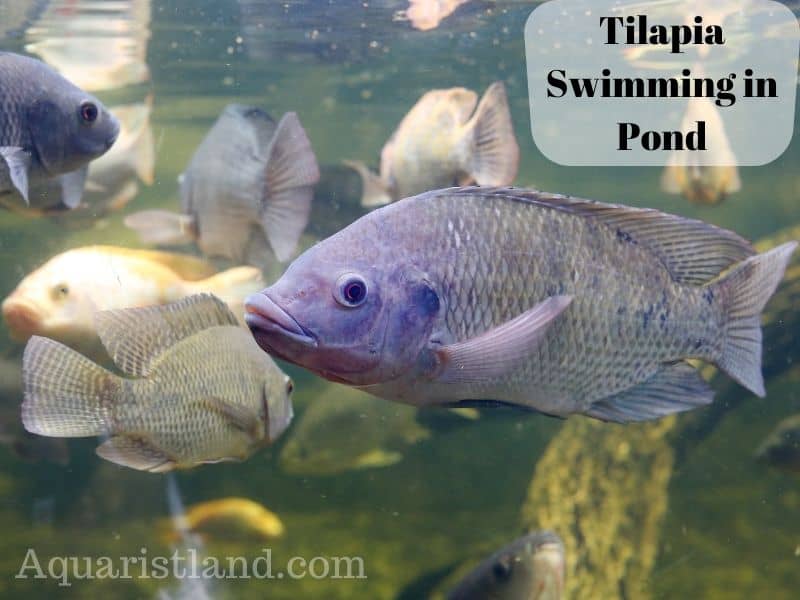
Tilapia is primarily a freshwater fish and native to Africa but now found all over the world. It’s one of the most farmed fish in the world. And the most popular kind of Tilapia is the Nile tilapia.
It’s an affordable and mild-flavored fish and one of the most commonly consumed types of seafood in the United States (4th most consumed fish). Many people love Tilapia because it is comparatively inexpensive and doesn’t taste very fishy.
The diet of tilapia fish consists of algae and water plants, stems, roots, and leaves. However, when there is no food source available, they will eat almost anything that digestible.
What is Bottom Feeder Fish?
Bottom feeder fish is the term used to refer to the largest group of fish on earth that feeds on or near the bottom of body water. These fish are also known as benthic, gulper, piscivorous, trachinoid, scavenger, or zooplanktivores. Bottom feeders are often scavengers that feed on dead flesh, algae, or other decaying material.
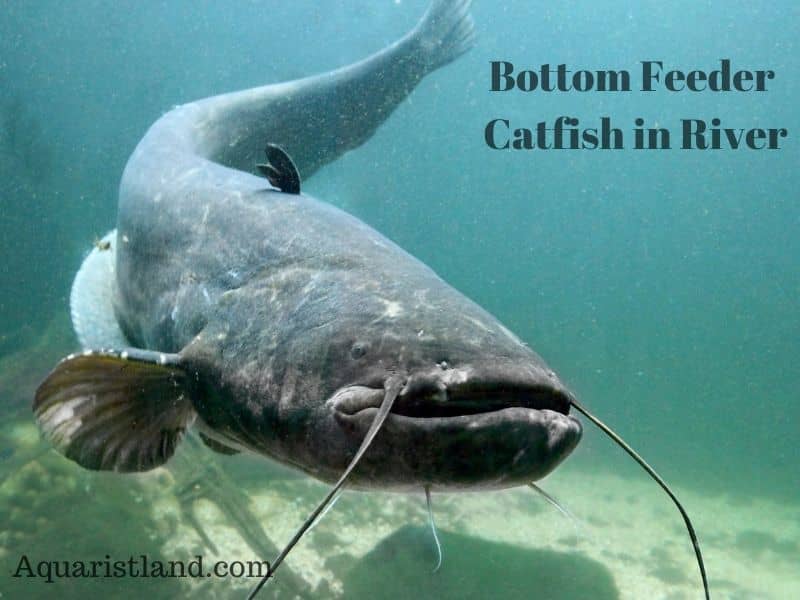
Therefore, these fishes are usually found on the bottom of lakes, ponds, rivers, oceans, and streams. Bottom feeders are also called scavengers because they feed on dead animals and decaying matter.
Some bottom feeders also eat live plant matters up to 20 percent of their diets. Most bottom feeders are opportunistic feeders who will eat anything they can find, although some are carnivorous. A few bottom feeders are parasites.
What fish are bottom feeders?
As we said, the bottom feeder is an aquatic animal (especially fish) that feeds near the bottom of the water. The most common bottom feeder fish are:
Catfish
Carp
Plecos
Loaches
Ornamental Shrimp
Eels
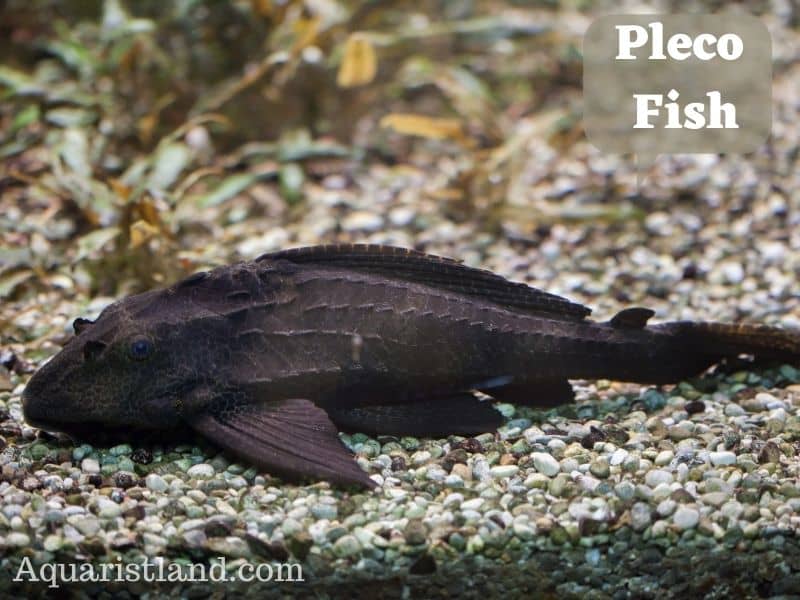
Other than those, bottom-feeding fish species groups are flatfish (halibut, flounder, plaice, sole), cod, haddock, bass, grouper, bream (snapper), and some species of catfish and shark.
Is Tilapia a Bottom Feeder Fish/Is Tilapia Considered as Bottom feeder Fish?
By nature, Tilapia prefers living in the bottom of the water by digging holes in the ground covered in vegetation. That is for hiding from predators and mating.
Tilapia fish are mostly vegetarian and loves to eat algae and other plant matters in the water. However, if there is a food shortage, they will eat almost anything ingestible. And if you offer them floating foods, they will come to the surface for eating.
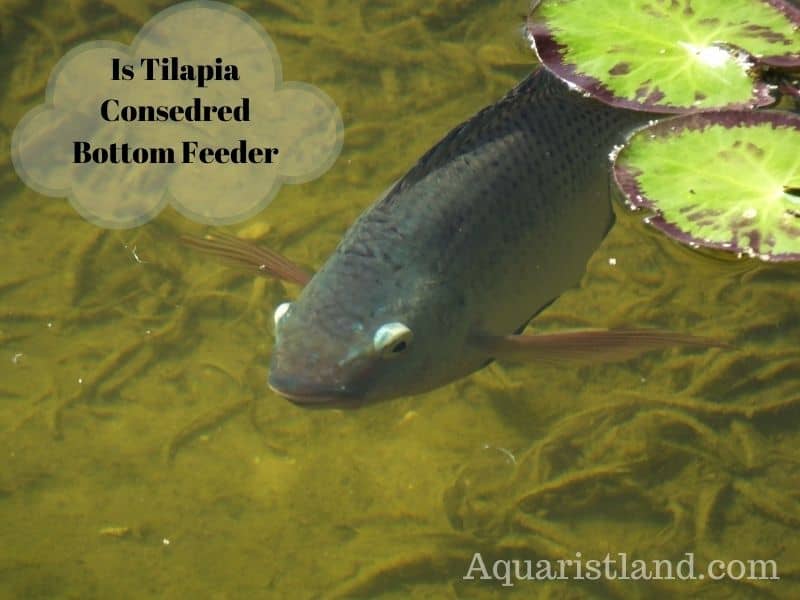
So, in contrast with bottom feeders (who only eat from the bottom), Tilapia will consume food from any water level. Although they enjoy spending time in the bottom and feeding ground-level vegetation, they’ll even come to the surface for food.
In some parts of Asia and farms, they apply manure in the pond. That’s due to provide high nutrients for aquatic plants, which is the primary food source of Tilapia Fish.
Is it healthy/safe to eat Tilapia fish?
According to FDA (USA food and drug administration), Tilapia fish are safe for eating even for two years kids, and even breastfeeding pregnant women, if they are reared in good conditions. That’s because of low contaminant and mercury levels.
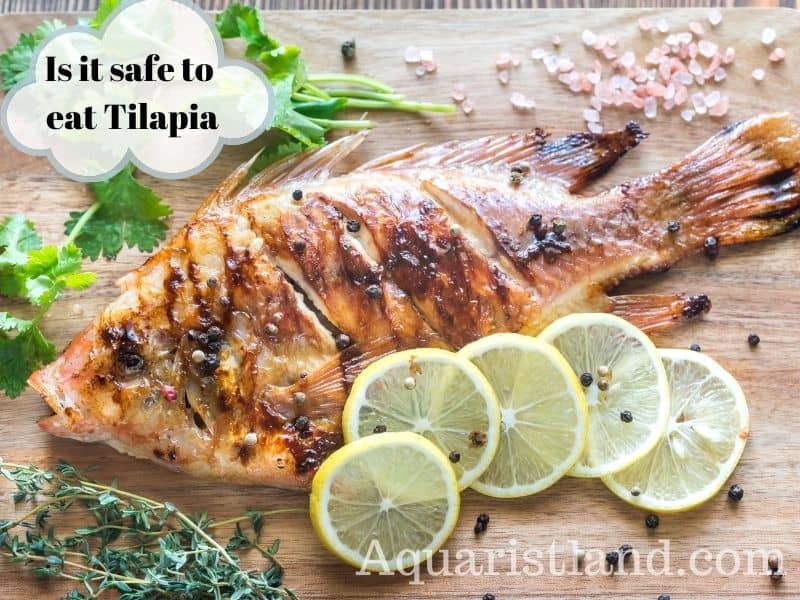
Tilapia is a high source of protein and comparatively low fat, calories, and sodium. And, it offers an excellent source of omega-3 fatty acids, which are believed to help prevent depression, heart disease, cancer, and other major killers. Tilapia also helps in bone strengthening.
But, always remember- excess consumption of farmed seafood isn’t good for health. It’s not only for Tilapia but for other farmed fish as well.
If you’re interested, here’s an article on Tilapia fish’s health benefit.
Then, why is Tilapia considered a garbage fish?
According to some famous chefs, Tilapia is one of the cheapest forms of seafood available in the market. Therefore, the high-end restaurants don’t want to feature them on their menu that is readily available to others.
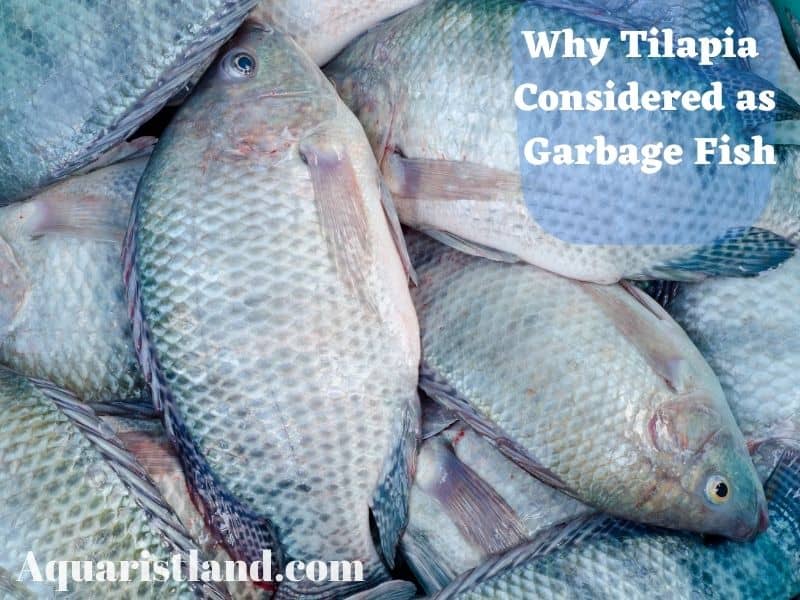
Consequently, some people claim that Tilapia has a muddy taste. That’s due to genetic reasoning, which changes the taste of this fish. And it happens for other animals as well.
Also, the Tilapia fish has a mild taste, which is why many people think it’s not a proper fish to eat.
These are the primary reasons why people call the Tilapia is a garbage fish. So, don’t bother with what people think or say; try it yourself and then judge.
Winding Up:
Tilapia loves digging holes in the bottom for living and mating. And they feed highly on algae and other plant matters. They’ll eat almost any level of the water. So, the answer to your question- is Tilapia a bottom feeder fish. No, they aren’t pure bottom feeders like Loaches and Catfish.
Also, Tilapia is an excellent choice of fish for nutrition and for the budget. The mild taste makes it best for people who couldn’t tolerate fish scent. A properly reared Tilapia is healthy and safe to consume even for two-year-old kids, and the FDA approves it.
However, some people call it garbage fish for the low price and mild flavor, which is totally a silly claim. And, it’s a good fish to have on your menu.
Well, that’s all from us. But, if you have different or any other significant insights about “whether a Tilapia is a bottom feeder fish or not. Feel free to share your thoughts with us.

